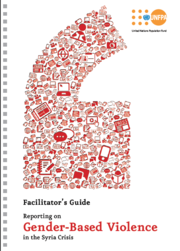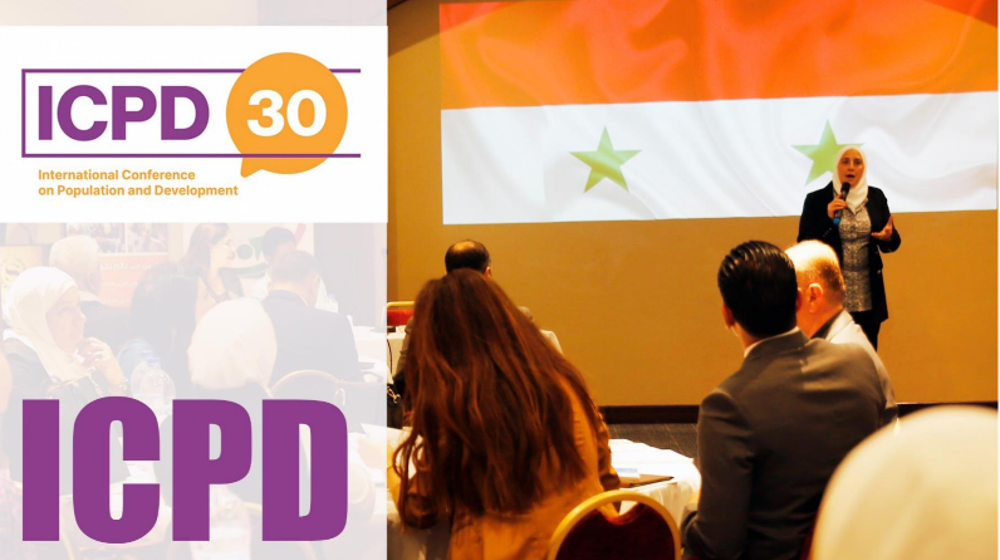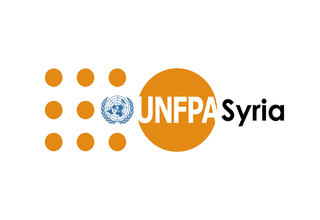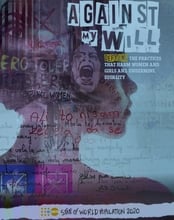Five years on, the Syria Crisis shockwaves still reverberate across an already volatile region. Syrian women bear the full hardship of this open-ended conflict, as they pay the price of social stigma and displacement inside the country and in the five neighbouring countries, which are now home to more than four million refugees. Almost always, they are affected by gender-based violence, which tends to increase in times of duress as familial bonds weaken as a result of forced migration and displacement.
Roughly 13.5 million people are affected by the Humanitarian crisis: almost half of Syria’s population. This alarming number includes five million women of reproductive health and half a million pregnant women, according to UNFPA estimates released in December 2015. Battered women in war zones pay the price twice: incurring physical and physiological scars in addition to suffering the impact of social stigma in ultraconservative societies.
While the media have a major role to play in tackling all types of violence, both traditional and new media in the Arab region continue to perpetuate stereotypes and generalisations about gender-based violence. Ethically flawed, unprofessional, and biased reporting can add to women’s suffering inside their country and in refugee camps across the region.
With the support of the UK aid from the UK Department for International Development, UNFPA developed this training manual as part of the regional gender-based violence media programme to build the knowledge and skills of journalists on issues relating to gender-based violence in Syria and neighbouring countries. The curriculum in this training manual enables the trainer to conduct a three-day training workshop.




